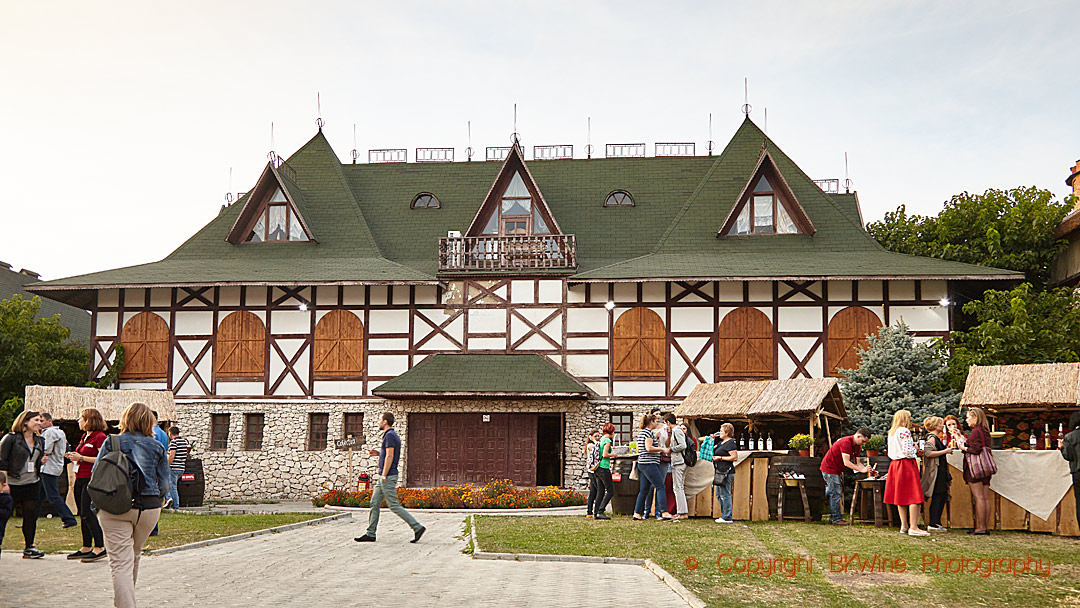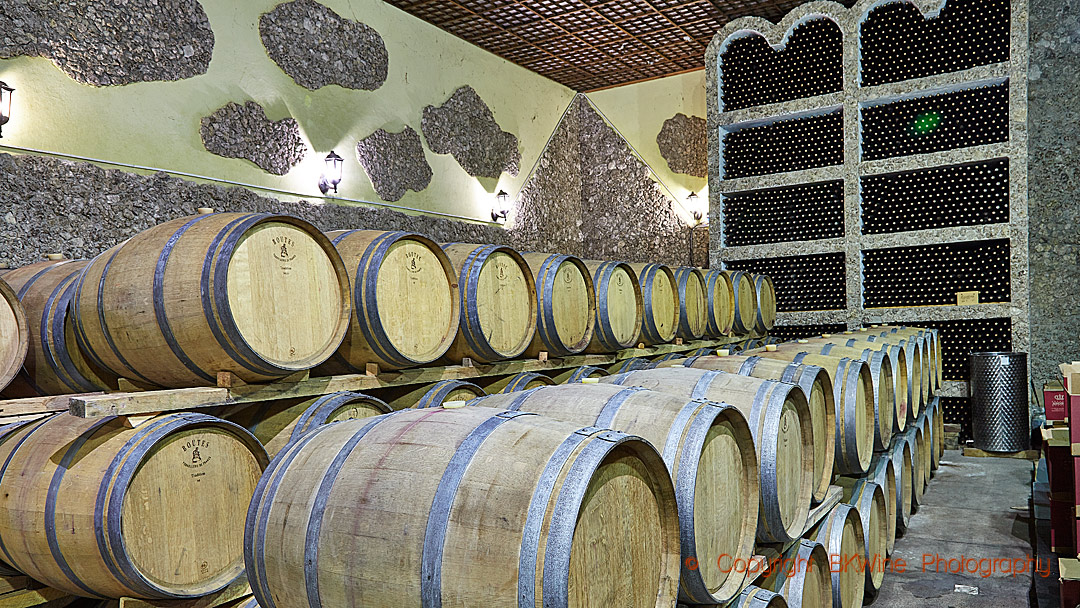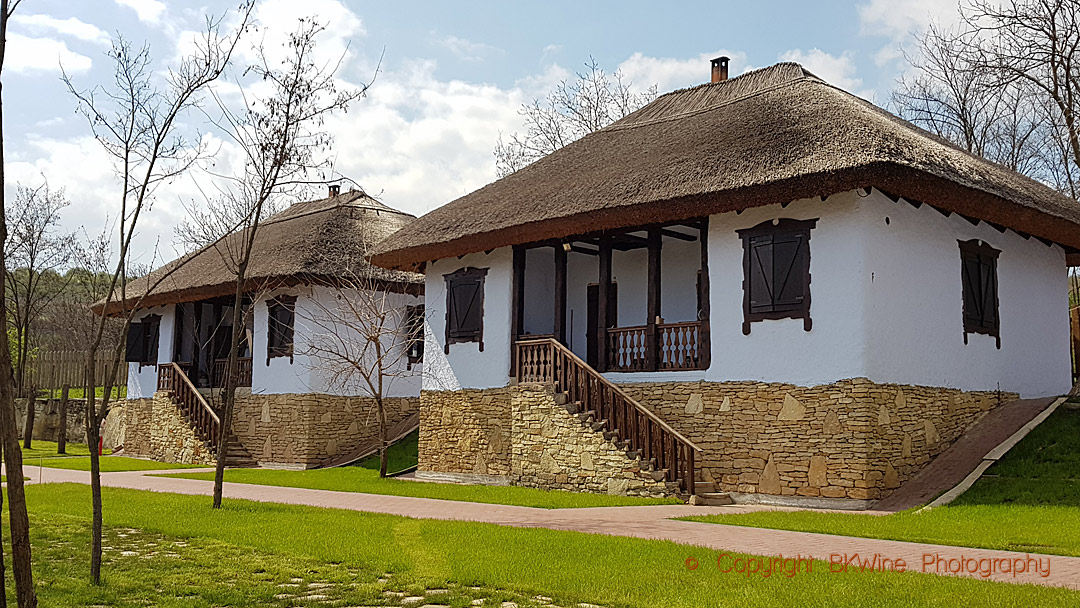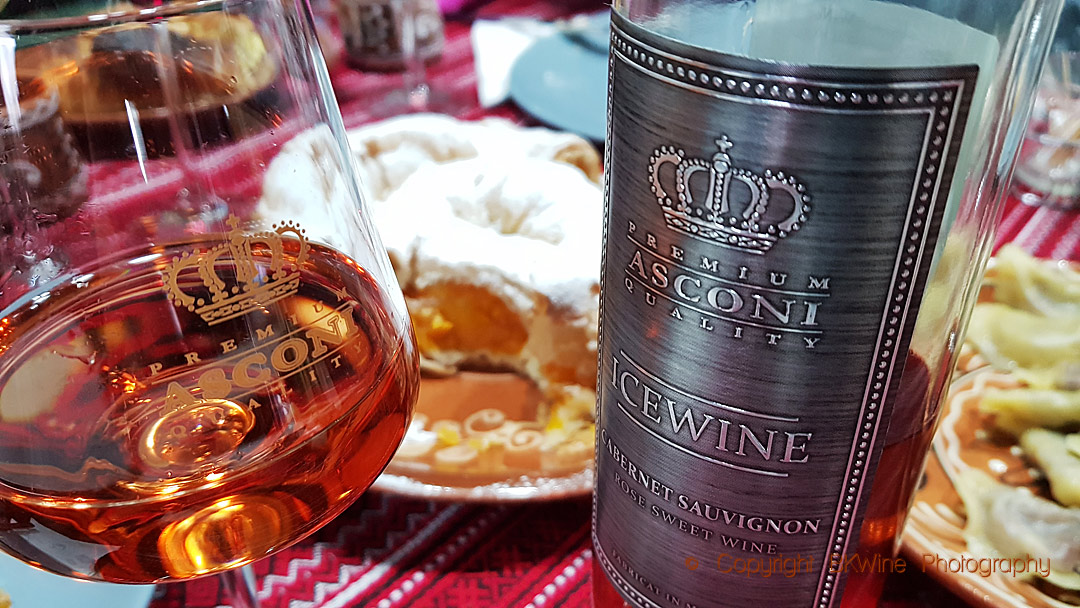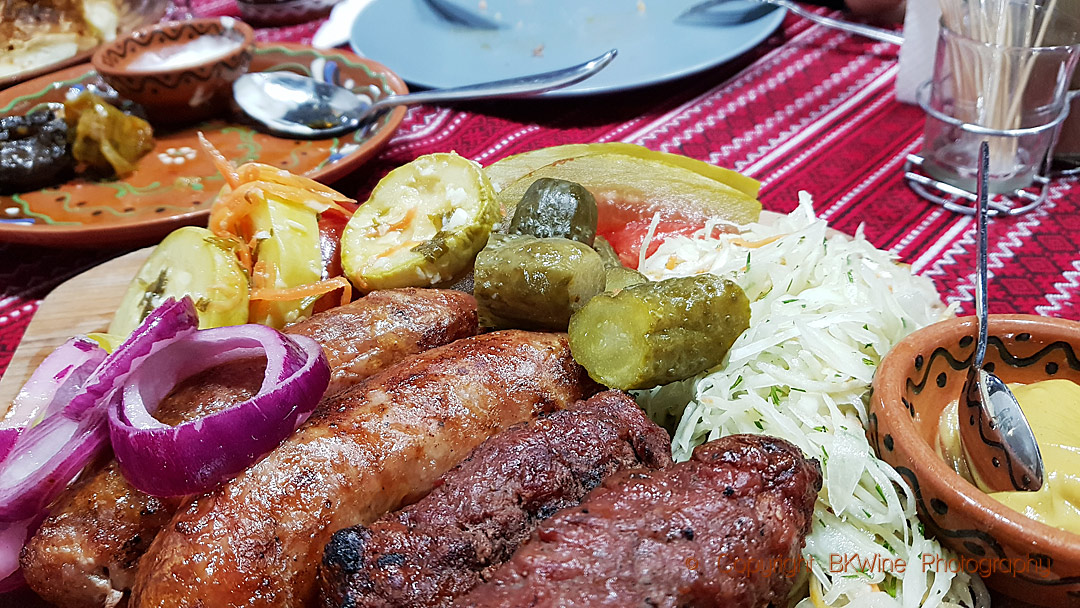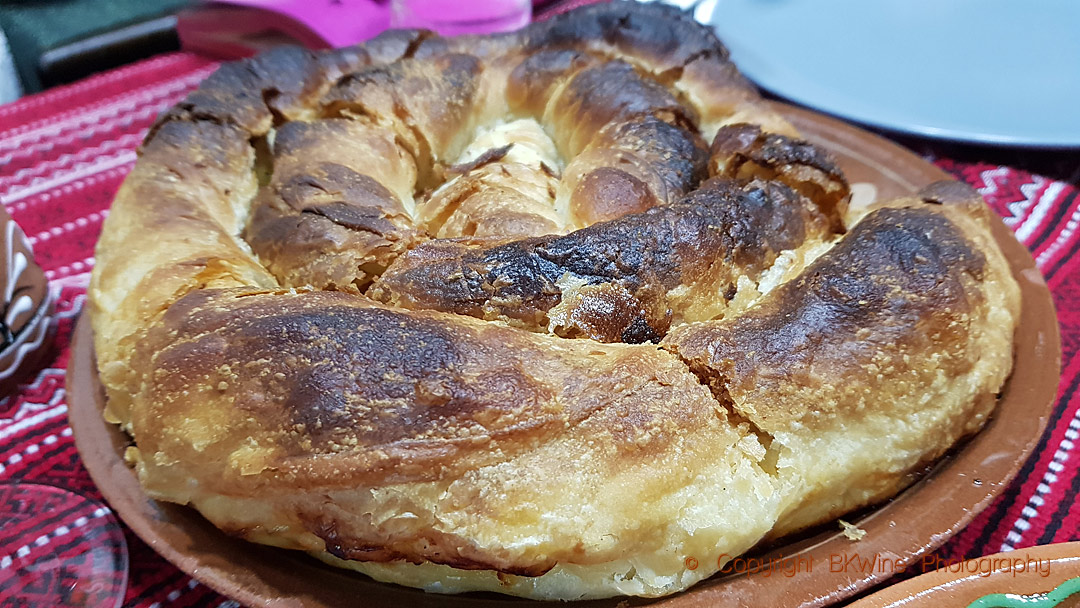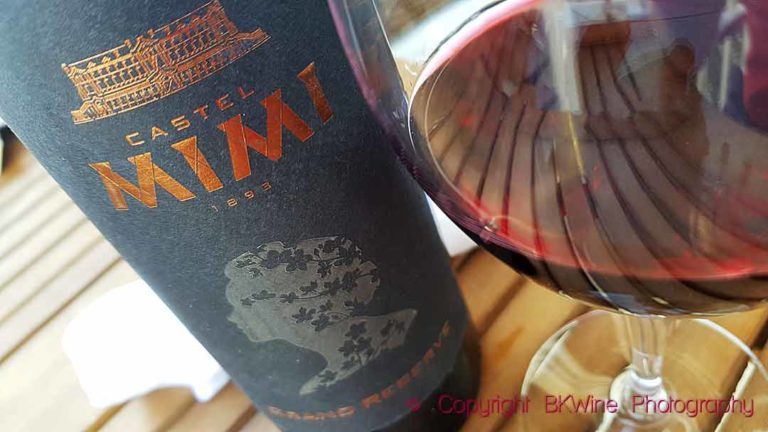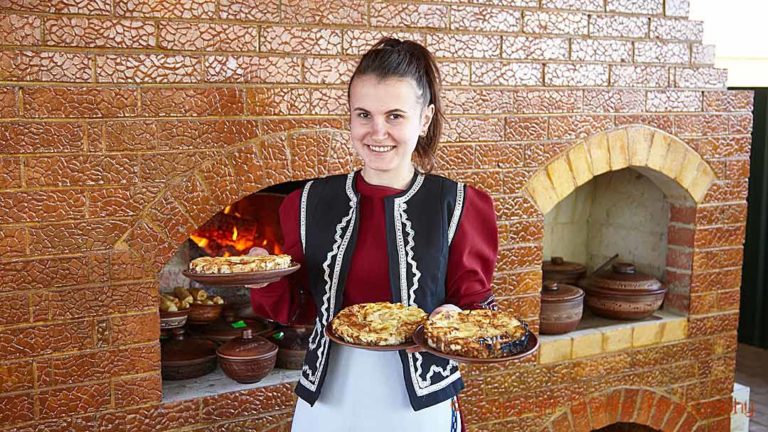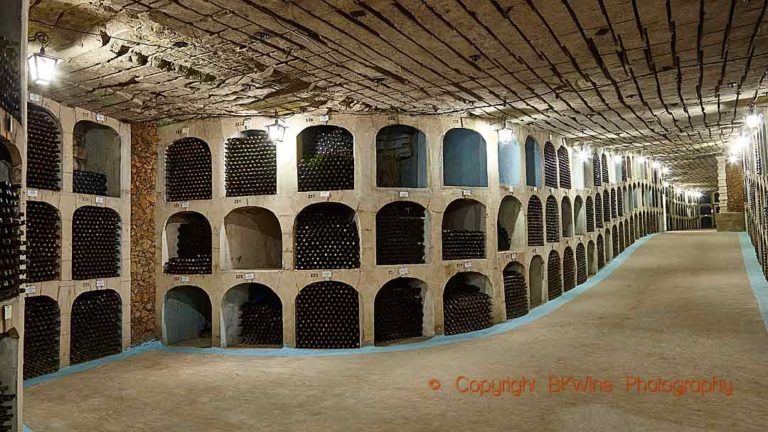After the fall of the Soviet Union, Moldova gained independence. In 1991 the Republic of Moldova was founded. Since then, many new wineries have emerged. Two of the bigger ones of particular interest are Château Vartely and Asconi.
Château Vartely
Château Vartely is one of the leaders in Moldova both in terms of quantity and in quality. It is in the Codru region, the northernmost of the three regional appellations in Moldova. “We were one of the pioneers after independence aiming at producing dry wines of high quality”, says winemaker Arcadie Fosnea. Launched in 2004, Château Vartely is now an attractive tourist destination with a 14-room hotel and a restaurant with a superb chef.
This is an article in our series on wines from Moldova:
- Moldova, an exciting “new” wine country with a long history | Britt on Forbes
- Moldovan wine classics in modern versions: Chateau Purcari and Castel Mimi
- Wine in Moldova: Château Vartely and Asconi Winery, two strong newcomers after independence
- Moldova’s emerging small, high-quality wine producers
- Historic bottles and traditional gastronomy in Moldova’s amazing underground wine world
- Wine tourism at Vinuri de Comrat in Moldova, a passionate project
More articles on Moldovan wines on BKWine Magazine here.
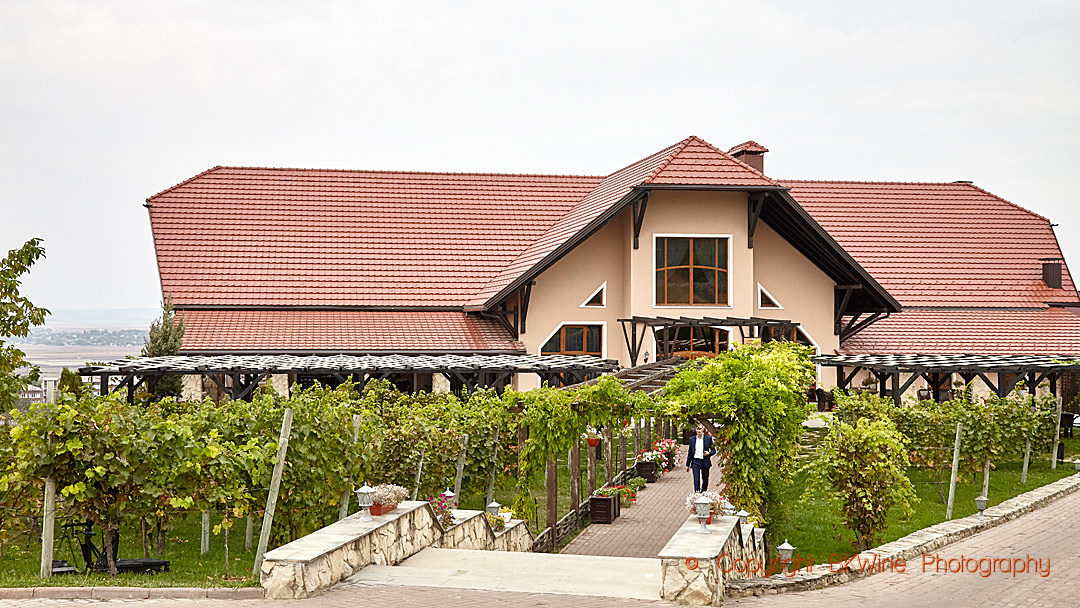
It wasn’t all that easy initially though, Arcadie explains. “At independence in 1991, Moldova sold 85% of its wines to Russia and only 2% to the rest of the world. Moldova had a reputation for producing inexpensive wines of lesser quality. Only a few wine estates at the time produced quality wine. The challenge was how to make quality wine at a larger scale. The wineries were big but the equipment was old and often it was too expensive to renew.”
Investors made it possible for Vartely to buy cellar equipment from Italy in 2004. Just two years after, in 2006, Russia issued the embargo on Moldovan wines. “It was not a big problem for us”, says Arcadie. “Many wineries though, lost a lot. Everyone had to reform and start to strive for quality. Some continued with the Soviet heritage but with grapes that the rest of the world didn’t want.”
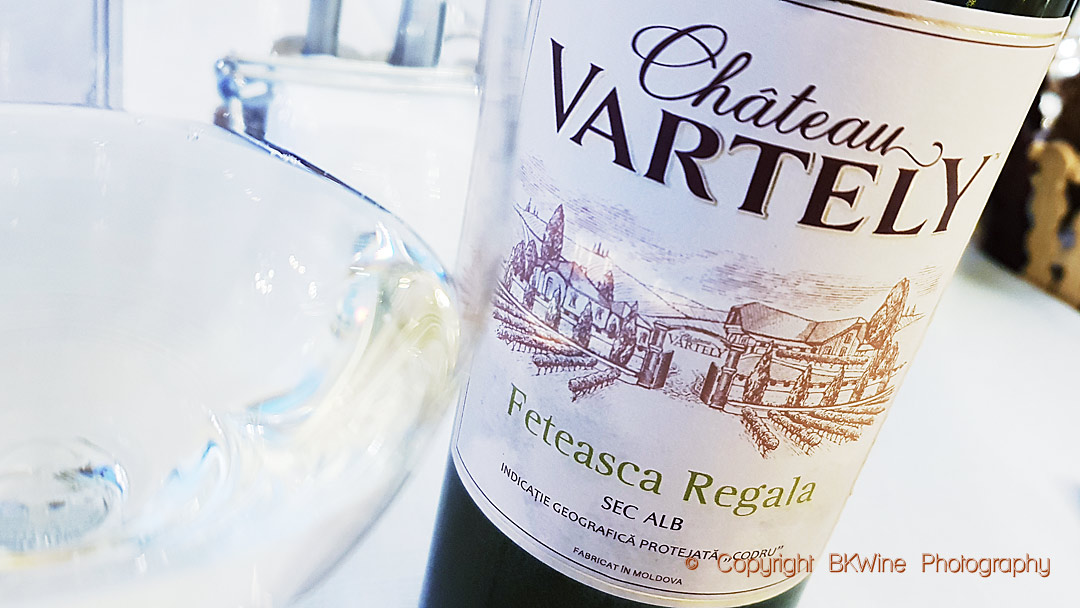
Vartely bought and planted new land and now has around 300 hectares. 60% of the wines are white, often crispy and fresh in style. They also buy grapes. In total, they make 3 million bottles. They have a big proportion of the vineyards planted with local grape varieties, “The Soviet Union did not encourage local grapes”, Arcadie tells us, “but some of them are very well suited here as they are resistant to drought and frost.”
Vartely has two main vineyards. One is for white grapes on limestone soil in the middle of the country, in the region of Codru. The other is for red grapes in the south, mostly on clay soil with good water retention, in the region of Valul lui Traian.
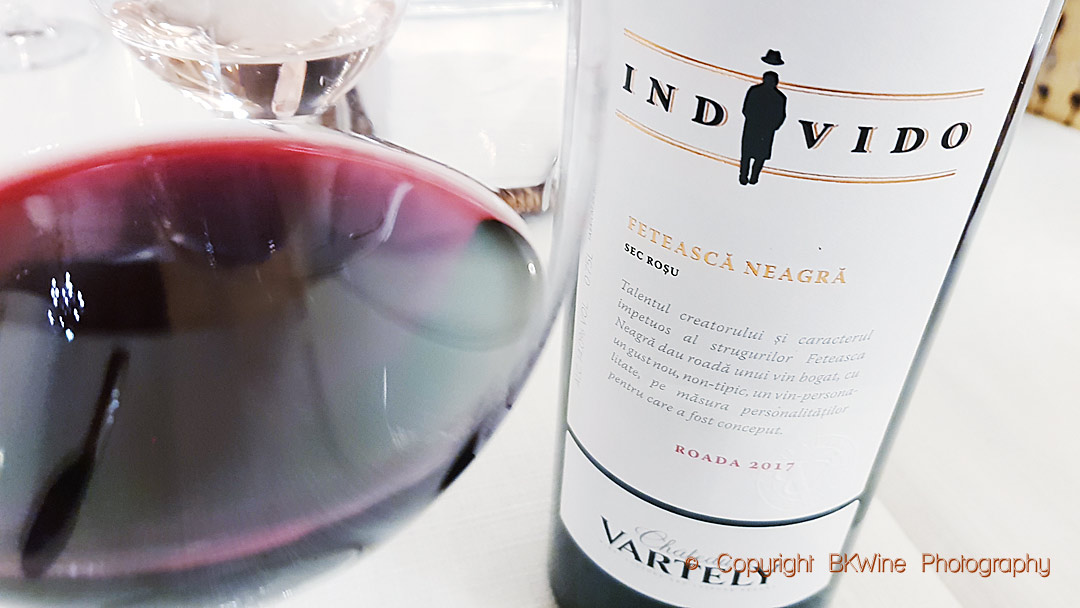
Château Vartely makes two interesting ranges of wine: there is the Individo range and the top line called Taraboste. All reds are aged in oak, Taraboste in new oak barrels. The oak is either Hungarian or French and they have some American oak too. “The American barrels are half the price”, says Arcadie, “but there is a distinct difference. The American oak is more brutal, the French more elegant…“
He has 700 barrels for the moment. “Oak is important for certain markets. The Chinese market, for instance, are requesting more oaked wines.”
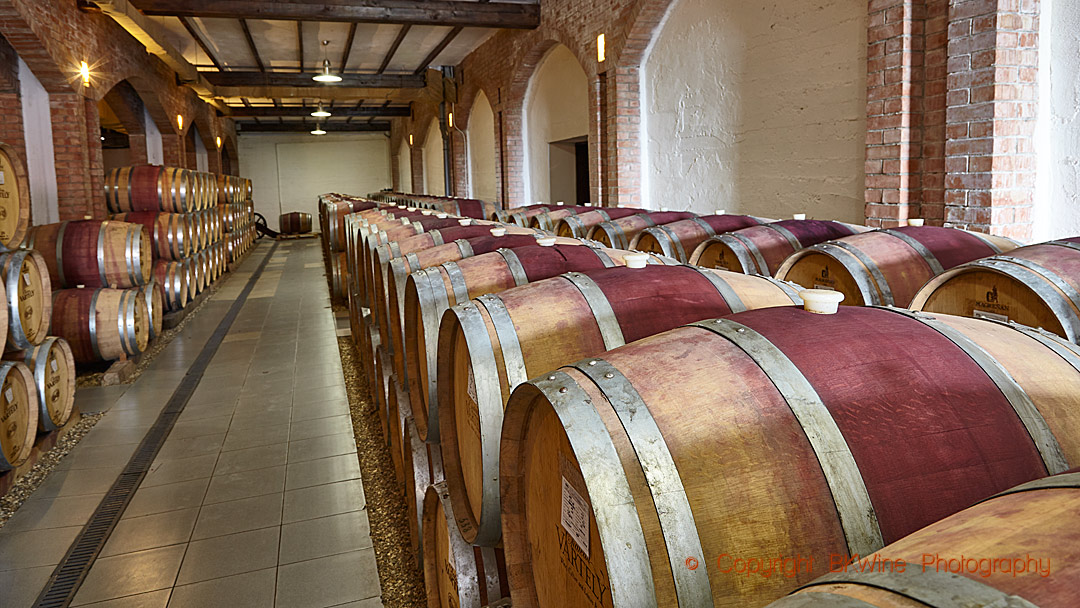
Trying to explain his style of wines he says, “we are not classic French, we have more phenolic ripeness, more fruit-forward wines”.
The white Individo Feteasca Regala 2018 comes from slow-growing grapes in poor soil. That is good soil for this variety because it has a tendency to give high volume. The wine has a refreshing acidity and a pleasant aromatic and citrusy character. It is easy-drinking in style but with some complexity and body. For around 4 euro at the winery, it is a bargain.
The red Individo Feteasca Neagra 2017 has a fine texture and a lovely mouthfeel. There is some oak, but it is not overpowering. (~6 euro).
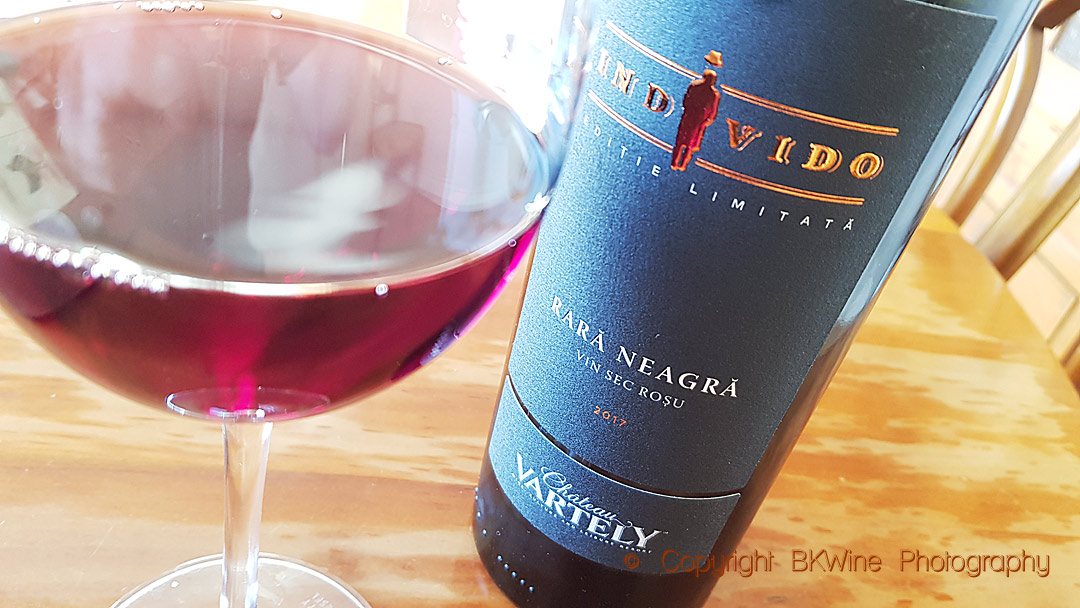
The white Taraboste is made from chardonnay and 25% each of pinot gris and sauvignon blanc. This is an excellent wine with lots of flavours and character. You feel the freshness from the sauvignon blanc and there is a vibrant acidity in the wine that lifts it. (~15 euro).
The red Taraboste Pur Aristocratic 2015 has spent two years in new oak, mostly French. The five weeks of skin contact give it power and body but it is not at all over-extracted. Cabernet sauvignon is the main grape with one-third of merlot added. It is structured with generous fruit flavours, freshness and discreet oak flavours. Very enjoyable.
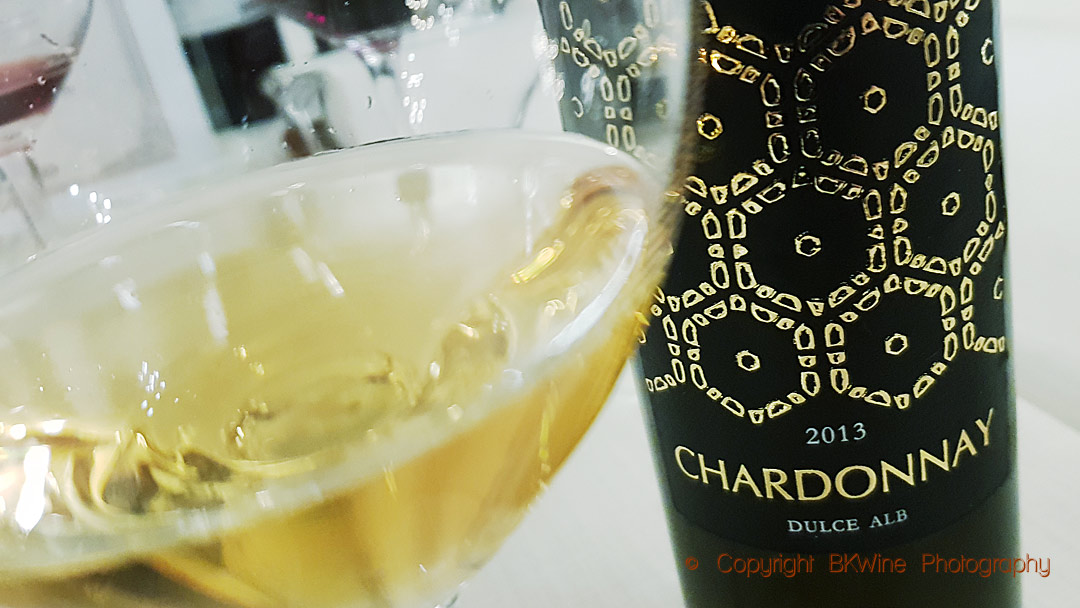
They also make a refreshing Chardonnay Spumante Brut 2017 (Arcadie is quick to point out that they don’t call in champagne anymore) with one year on the lees and 9 grams of dosage. Another memorable chardonnay from Vartely is the sweet Chardonnay Dulce Alb Botrytis 2013. It is smooth and very sweet – 170 gram of residual sugar – and with high acidity to balance it. There are some lovely honey notes.
The domestic market in Moldova is small, according to Arcadie, which means exporting your wine is essential. Vartely exports 90% of the production to 35 countries. The Czech Republique is the biggest market.
“We have a young team, open to new ideas. It is of course not always possible to put them into practice,” says Arcadie. But by all evidence, they are trying and mostly succeeding.
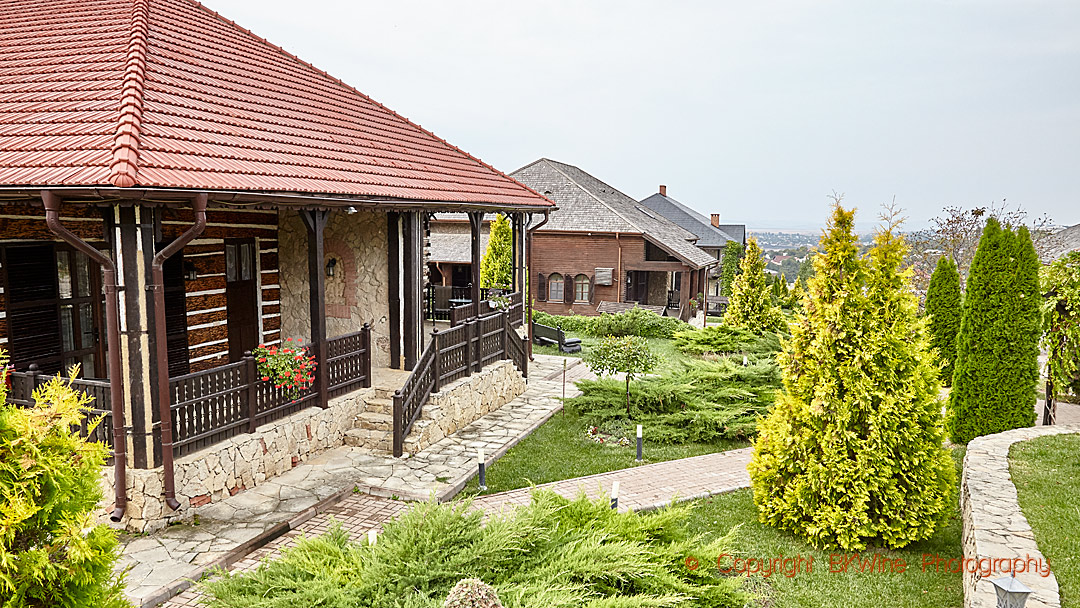
Asconi Winery
Asconi, also located in the Codru region, is big but it has a small family winery feeling to it. And it is, in fact, family-owned with the family working on-site in different capacities. It is a relaxing place where you immediately feel at home.
The passion for wine is evident here. But the family is also very eager to preserve the local gastronomy. “We started in 1994, “says Mihaela Sirbu, hospitality manager and daughter in the family. “Five years ago, we began to develop the tourism side of our wine business. We opened a small restaurant serving home-cooked, traditional and tasty food and we are soon going to open a second restaurant which will be a little bit different. It will serve a fusion of Balkan food and it will be called Sol Negru.”
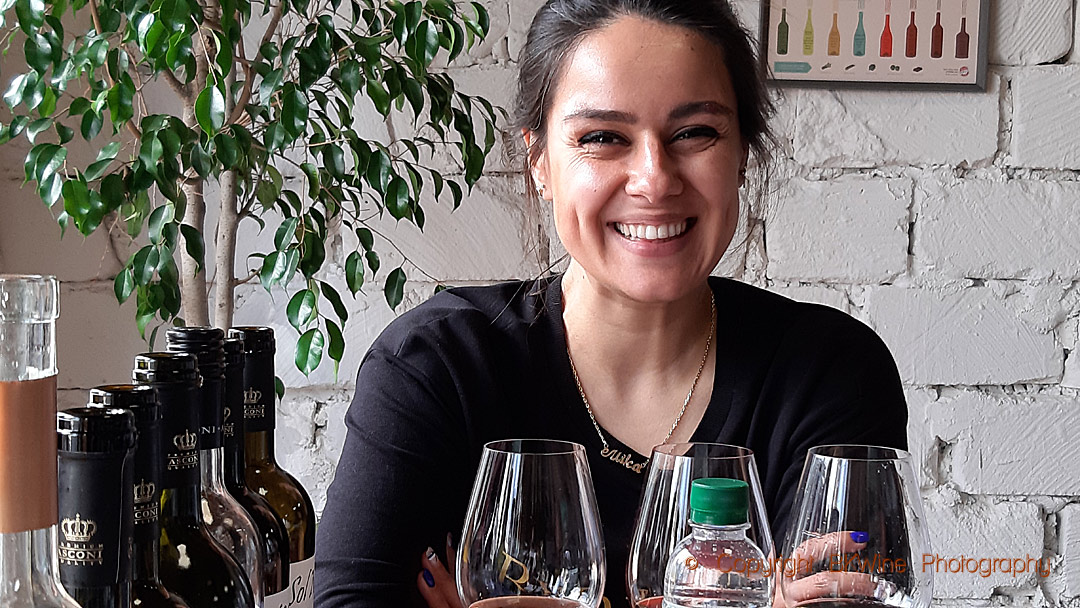
Sol Negru is also is the name of Asconi’s most famous range of wines.
You can stay overnight at Asconi too. 12 spacious cottages, built in a traditional and environmentally friendly style, have opened in the summer of 2019.
The estate produces 3 million bottles a year. 99% is exported, to all continents and to countries such as the Czech Republic, China, Japan, The Netherlands, USA, Canada, Nigeria, Kenya and Tanzania. The 450 hectares that they own are around 10 kilometres from the winery.
Mihaela’s father and brother both studied winemaking. Her brother is now in charge of the vineyards. Her father supervises three winemakers and he also has a consultant from Italy.
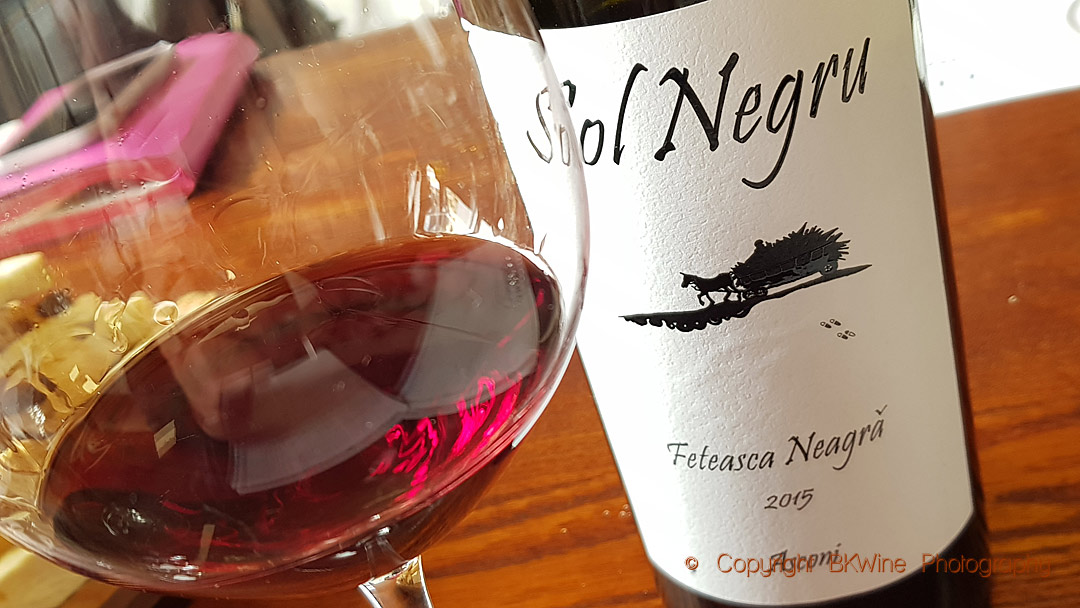
Asconi focuses more and more on local Moldovan grape varieties. They make some very good wines from feteasca alba and feteasca neagra. At the moment, however, French grapes such as cabernet sauvignon, merlot, chardonnay and sauvignon blanc dominate their vineyards. They also have muscat, some glera for sparkling wines, riesling for a wonderful ice wine, pinot noir and a few more.
The mother is in charge of the restaurant kitchen. She wanted to hire professional chefs but couldn’t find any. So, she started working with ladies from the village, teaching them how to prepare the food. Some of the recipes she uses are from her grandmother.
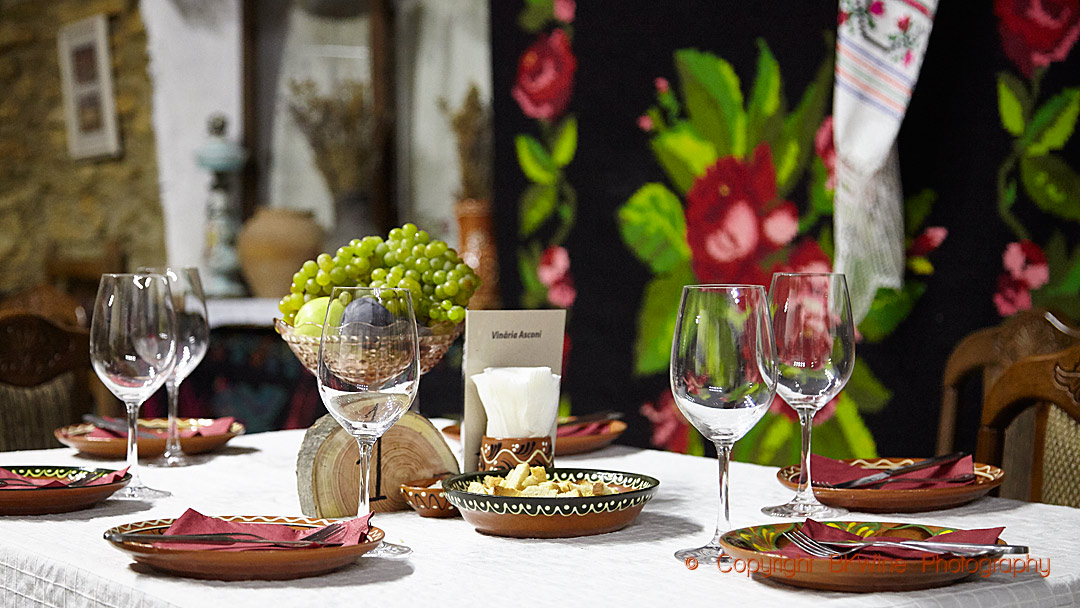
A meal at Asconi is all about traditional cooking. Everything is delicious, colourful and beautifully served. Various plates are brought to your table. It could be pickled tomatoes (in Moldova they pickle everything, even watermelon), grilled zucchini, sausages, mici (similar to the Turkish kofta), sheep cheese, crispy placinta, sarmale (grape leave rolls) served with smetana, dumplings with sour cherry and wine sauce. And much more.
You will have no problem finding wines to go with the meal. The Sol Negru Feteasca Alba 2017 is fresh and floral, one of their bestsellers. A pleasant wine to start with. Sol Negru Chardonnay 2015 is aged in oak for six months, but in barrels that are two and three years old. Newer barrels would give too much oak, says Mihaela. The wine is full-bodied but balanced with some pineapple aromas and just the right amount of bitterness at the finish.
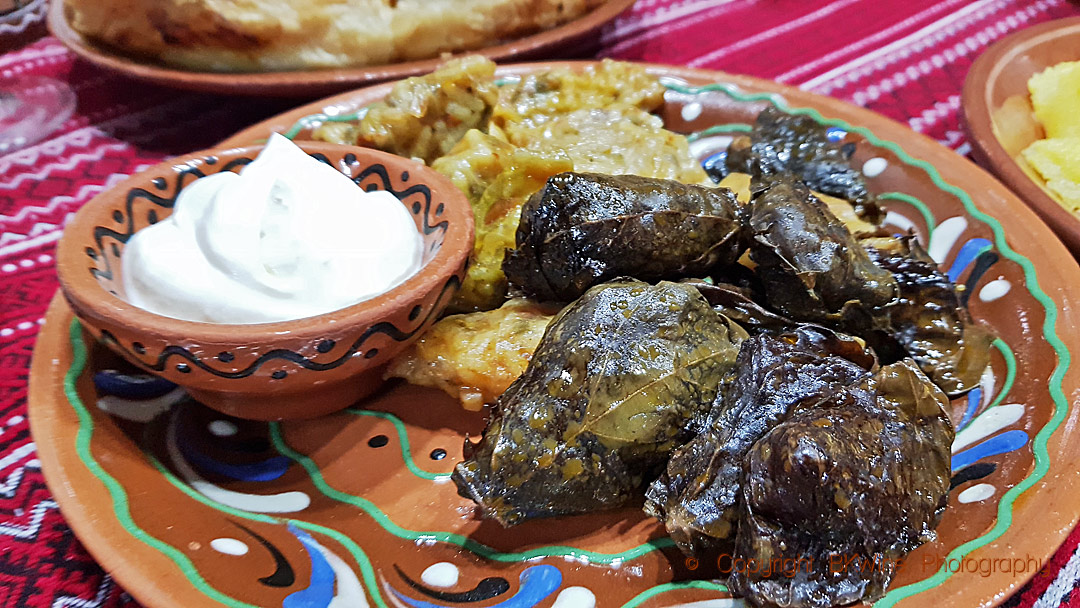
The three red varietal Sol Negru wines are all well-structured. My favourite is Sol Negru Feteasca Neagra 2015 with its expressive nose of tobacco and fresh red fruit. There is elegance here, balance and a good length.
You don’t have to think twice to pick a dessert wine. Asconi is famous for its three ice wines, made from riesling, muscat and cabernet sauvignon respectively. All of them are deliciously complex and rich in taste. They all have around 160 grams of residual sugar (the rosé from cabernet sauvignon has 180 grams!) but they are still amazingly fresh.
The Asconi Winery has atmosphere and you want to spend time here. You can take a cooking class, visit the winery, taste the wines, have a conference with your company, get married. A swimming pool is planned. “We are well situated, close to Chisinau and close to the airport”, says Mihaela. But that is probably not the only reason people come here.
